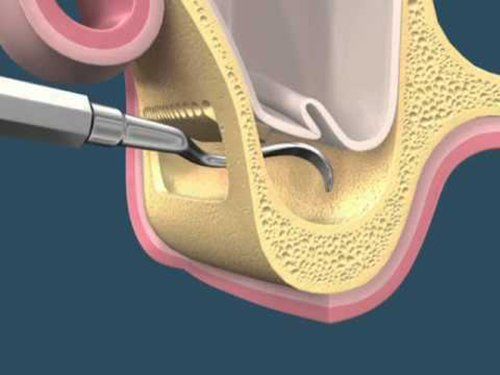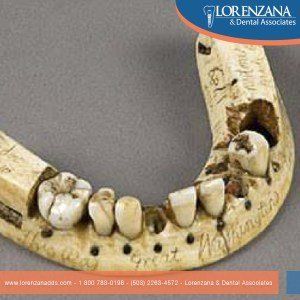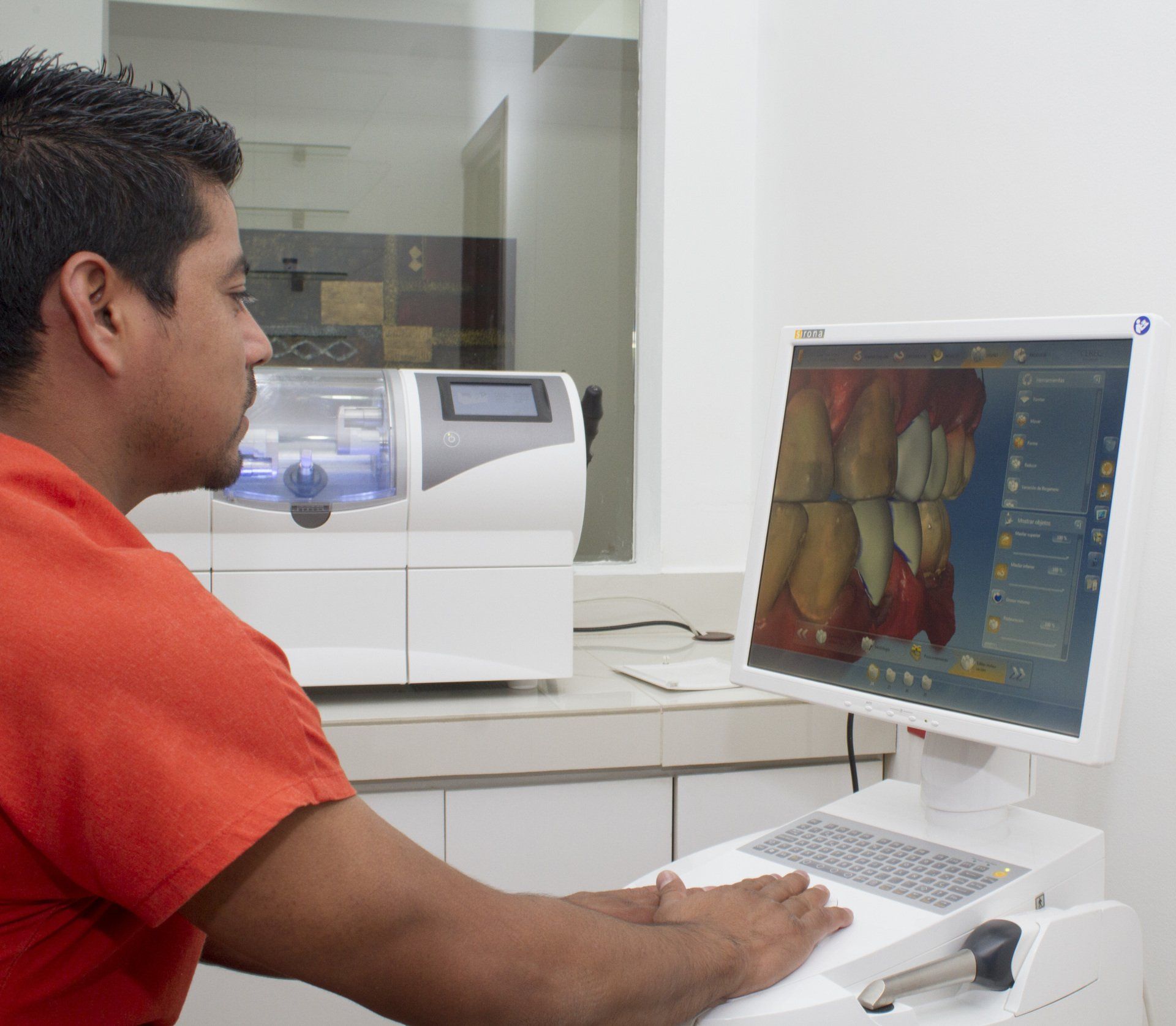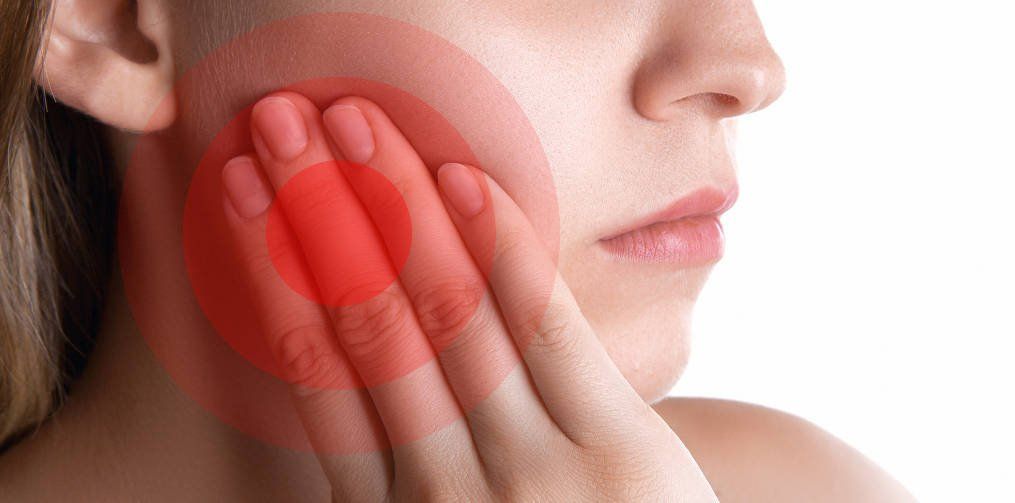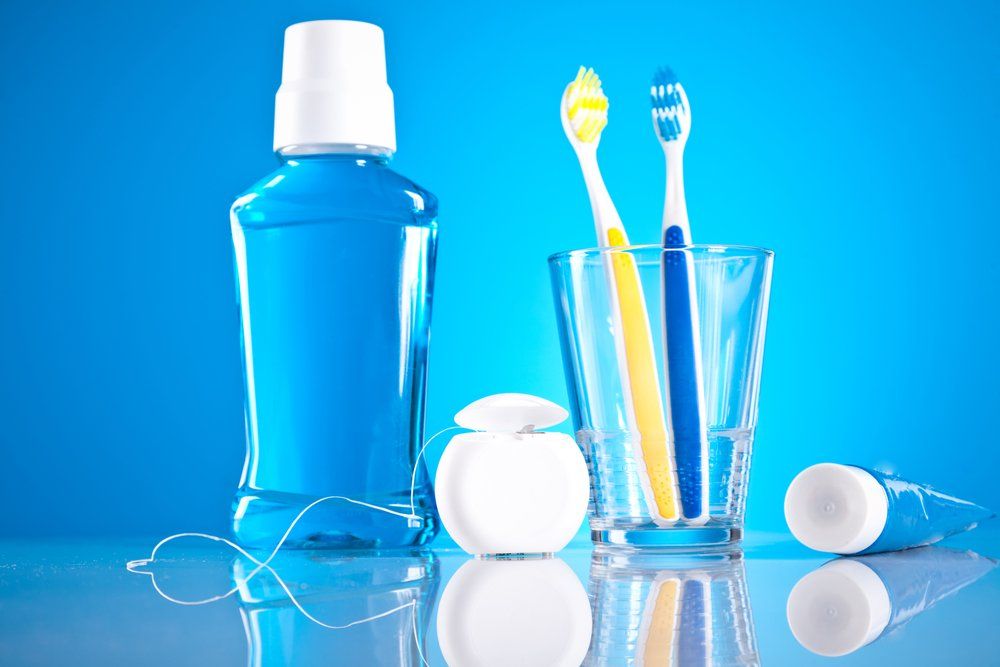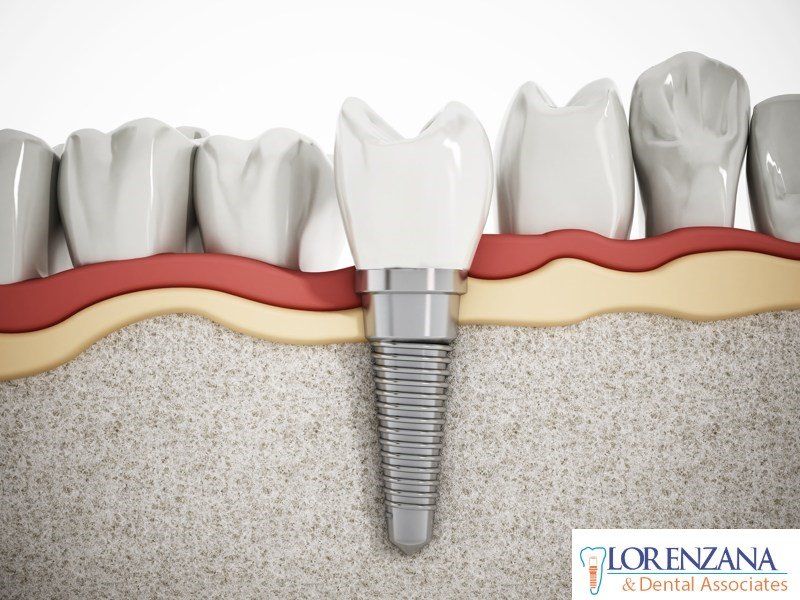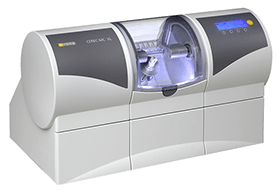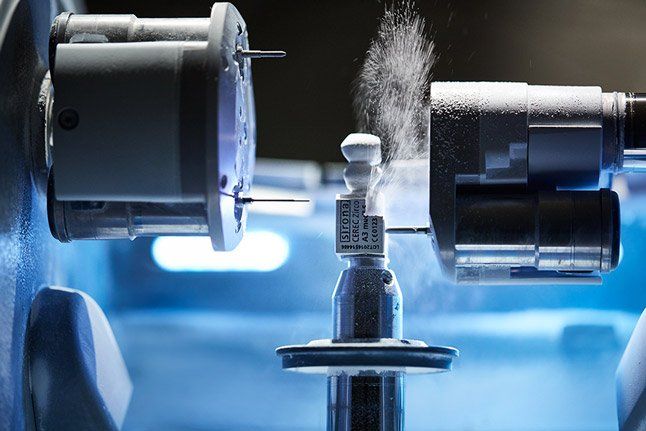Dental Implant Maintenance
After dental implant placement surgery the smile improves, mouth function is recovered, confidence comes back and everything seems to go to just the way we want but is necessary to take proper care of our implants to achieve the best long lasting results and to avoid any complication.
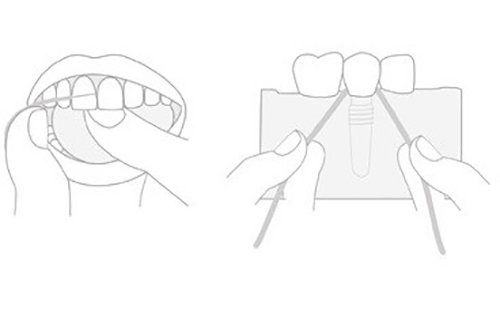
After dental implant placement surgery the smile improves, mouth function is recovered, confidence comes back and everything seems to go to just the way we want but is necessary to take proper care of our implants to achieve the best long lasting results and to avoid any complication.
First of all is to follow your specialist instructions, doctors may recommend a toothbrush and toothpaste to perform the daily cleaning routine, this is because restored dental implants should be kept plaque free by flossing and gently brushing to all sides of the implant, especially after meals and some aggressive products can damage the porcelain crown.flossing-implant
Preventing infections is important
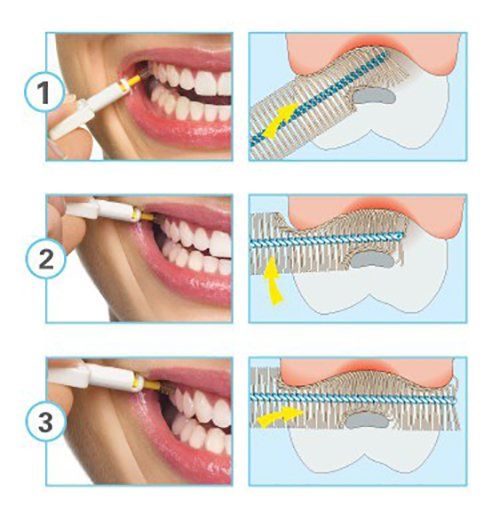
Cleaning porcelain crowns over implant is as important as cleaning
natural teeth brushing-implantcrown, as both depend on healthy
surrounding tissues for support (alveolar bone and gums), plaque
collects on implant crowns as it does on natural teeth crowns. When
plaque is not removed patient may develop infections known as
peri-implant mucositis or peri-implantitis which, unlike inflammation
around natural teeth, can be catastrophic and lead to bone loss around
implant; this bone loss can rapidly progress to loss the implant.
It
is very important to follow a daily routine to remove plaque and
prevent infections, at least twice a day is necessary to floss and
brush.
Dental hygienist has an important role to play,
professional dental cleanings are recommended every 6 month, this allows
our professionals to detect and treat any anomaly. Dental professionals
have instruments specialized for cleaning without damaging the crown,
abutment or implant.
Is also necessary to examine the implants
trough x-rays every year; dental implants are highly successful, studies
indicate long-term success rates well over 95% but this success is
achieved with proper care and with preventing treating infections. Our
doctors have years of experience in dental implant placement and
maintenance which allow us to provide the best results to our patients.
For more information contact us 1-800-783-0198 e-mail info@lorenzanadds.com.
Mantenimiento de implantes dentales

Luego de la cirugía de colocación de implante dental mejora la sonrisa, se recupera la funcionalidad de la boca, la confianza vuelve y todo parece ir de la manera que deseamos per es necesario dar a nuestros implantes dentales los cuidados necesarios para poder gozar de una larga durabilidad y evitar cualquier complicación.
Lo primero es seguir las instrucciones de su especialista, los doctores
le pueden recomendar un cepillo y pasta dental para realizar su rutina
de limpieza diaria, esto se debe a que los implantes dentales
restaurados deben mantenerse libres de placa con suave cepillado y uso
de hilo dental en todos los lados del implante, especialmente luego de
las comidas, y algunos productos agresivos pueden dañar las coronas de
porcelana.
Prevenir las infecciones es parte importante

Limpiar
las coronas de porcelana sobre implante es tan importante como limpiar
los dientes naturales, ya que ambos dependen de tejidos sanos (hueso
alveolar y encías) alrededor de ellos que les proporcionen un buen
soporte, la placa se acumula en las coronas sobre implante de la misma
forma que lo hace en los dientes naturales. Cuando la placa no se retira
el paciente puede desarrollar infecciones conocidas como mucositis
peri-implantaria o peri-implantitis las cuales, a diferencia de las
infecciones alrededor de los dientes naturales, puede ser catastrófica y
llevar a la perdida de hueso alrededor del implante, esta pérdida de
hueso puede progresar rápidamente y llevar a la pérdida del implante.
Es
muy importante seguir una rutina diaria de limpieza para remover la
placa y prevenir infecciones, es necesario cepillar y usar hilo dental
al menos 2 veces al día.
Los higienistas dentales cumplen un rol
muy importante, se recomienda realizar limpiezas dentales profesionales
cada 6 meses, esto permite a nuestros profesionales detectar y tratar
cualquier anomalía. Los profesionales dentales tienen instrumentos
especializados para limpiar sin dañar la corona, el pilar o el implante.
También
es necesario examinar los implantes a través de radiografías cada año;
los implantes dentales son altamente exitosos, estudios sugieren tazas
de éxitos de largo plazo por encima del 95% pero este éxito se logra con
cuidados adecuados y prevención y tratamiento de infecciones. Nuestros
doctores tienen años de experiencia en la colocación y mantenimiento de
implantes lo cual nos permite ofrecer a nuestros pacientes los mejores
resultados.
Para mayor información contactenos al 1-800-783-0198 o al correo electrónico info@lorenzanadds.com
